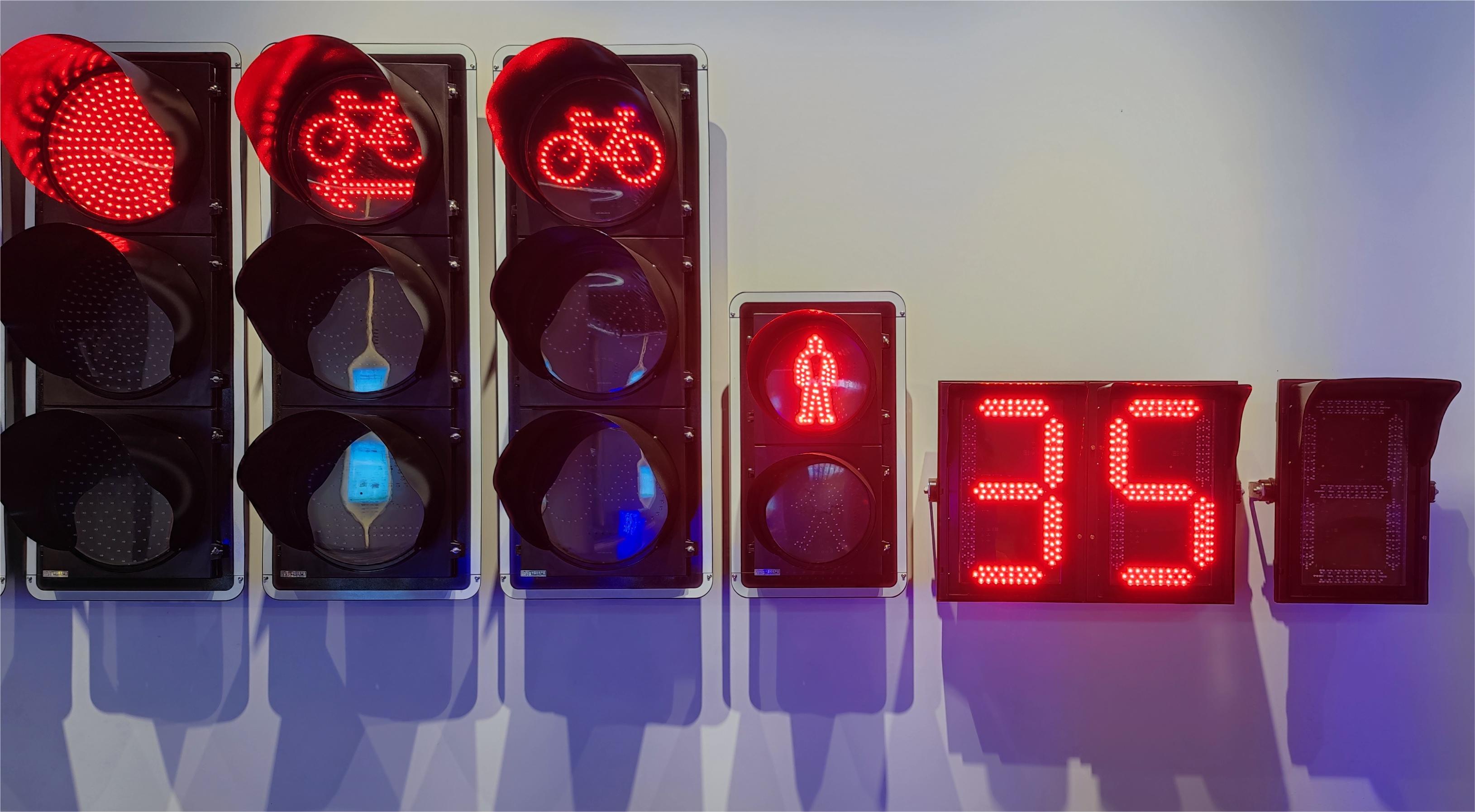Traffic lights are an important part of modern transportation systems, helping to regulate the flow of vehicles and pedestrians at intersections. They come in many types, each with a specific purpose, used to manage traffic and ensure road safety. In this article, we will explore the different types of traffic lights and their functions.
1. Standard traffic lights:
The most common traffic lights consist of three lights: red, yellow, and green. The lights are arranged vertically or horizontally, with red at the top, yellow in the middle, and green at the bottom. A red light means stop, a yellow light means a warning, and a green light means the vehicle can continue driving. Standard traffic lights are used at intersections to control the passage of vehicles and pedestrians to promote traffic order and safety.
2. Pedestrian traffic lights:
Pedestrian traffic lights are specifically designed to regulate the movement of pedestrians on crosswalks. These lights usually feature a walking man symbol (green) and a hand symbol (red). When the pedestrian symbol is illuminated, pedestrians can cross the street, while the hand symbol indicates the need to wait. Pedestrian traffic lights are critical to ensuring pedestrian safety and preventing conflicts with vehicular traffic.
3. Countdown timer traffic light:
Countdown timer traffic lights are a variation of pedestrian traffic lights that show pedestrians the remaining time to cross the road. When the pedestrian symbol lights up, a countdown timer starts, showing pedestrians how much time they have left to safely cross the intersection. This type of traffic light helps pedestrians make informed decisions about when to begin crossing the street and encourages efficient use of crossing time.
4. Bicycle traffic lights:
In areas with heavy bicycle traffic, dedicated bicycle traffic lights are installed to provide separate signals for cyclists. These lights are usually lower than standard traffic lights, making them easier for cyclists to see. Bicycle traffic lights provide cyclists with their own designated signal phase, helping to increase safety and efficiency at intersections.
5. Intelligent traffic lights:
As technology advances, smart traffic lights have been developed to adapt to real-time traffic conditions. The lights are equipped with sensors and communication systems that adjust signal timing based on traffic volume. Smart traffic lights can help reduce congestion, minimize delays and improve overall traffic flow by dynamically responding to changing traffic patterns.
6. Emergency vehicle traffic lights:
Emergency vehicle traffic lights are designed to give priority to emergency vehicles such as ambulances, fire trucks and police cars. As emergency vehicles approach an intersection, these lights can change the signal to provide vehicles with a clear path through the intersection. This type of traffic light is critical to ensuring quick and unobstructed passage for emergency responders.
In summary, traffic lights play a vital role in managing traffic and ensuring the safety of road users. Various types of traffic lights cater to the specific needs of different road users, including motorists, pedestrians, cyclists and emergency vehicles. By understanding the functions of different traffic lights, we can appreciate their contribution to creating an organized and efficient transportation system. As technology continues to advance, we can expect further innovations in traffic light systems to enhance traffic management and road safety.
Post time: Jul-09-2024







